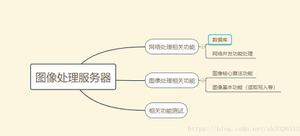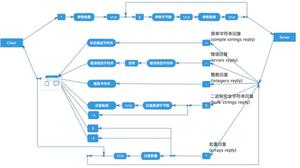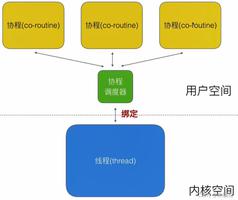django1和2的区别

Django
路由匹配使用path和re_path代替url函数
path匹配绝对路径,re_path匹配正则表达式路径
from django.urls import path, re_path
urlpatterns = [
path(’’, index_views),
path(‘login/’,login_views),
path(‘register/’,register_views),
path(‘check/’,check_views),
path(“test/”,test_views),
re_path(“str:user”,user_views),
re_path(“index/(d+)”,showcontent)
]
Django的path默认支持以下5个转化器:
str,匹配除了路径分隔符(/)之外的非空字符串,这是默认的形式
int,匹配正整数,包含0。
slug,匹配字母、数字以及横杠、下划线组成的字符串。
uuid,匹配格式化的uuid,如 075194d3-6885-417e-a8a8-6c931e272f00。
path,匹配任何非空字符串,包含了路径分隔符
django1与2路由的差别
在django1中的url在django2中为re_pathdjango2中新增了path
1.from django.urls import path
2.不支持正则,精准匹配
3.有5个转换器(int,str,slug,path,uuid)
4.自定义转换器:
1 写一个类:
class Test:
regex = '[0-9]{4}'
def to_python(self, value):
# 写一堆处理
value=value+'aaa'
return value
def to_url(self, value):
return '%04d' % value
2 from django.urls import register_converter
3 register_converter(Test,'ttt')
4 path('index/<ttt:year>', views.index,name='index'),
MVC和MTV
M T V models template viewsM V C(路由+views) models 模板 控制器
其实MVC与MTV是一样的,django中为MTV,数据交互层,视图层以及控制层
视图层:request对象
request对象:# form表单,不写method ,默认是get请求
# 1 什么情况下用get:请求数据,请求页面,
# 2 用post请求:向服务器提交数据
# request.GET 字典
# request.POST 字典
# 请求的类型
# print(request.method)
# 路径
# http://127.0.0.1:8000/index/ppp/dddd/?name=lqz
# 协议:ip地址和端口/路径?参数(数据)
# print(request.path) -->/index/ppp/dddd/
# print(request.get_full_path()) -->/index/ppp/dddd/?name=lqz
JsonResponse
向前端页面发json格式字符串
封装了jsonfrom django.http import JsonResponsedic={'name':'lqz','age':18}
li=[1,2,3,4]return JsonResponse(li,safe=False)
以上是 django1和2的区别 的全部内容, 来源链接: utcz.com/z/523237.html








